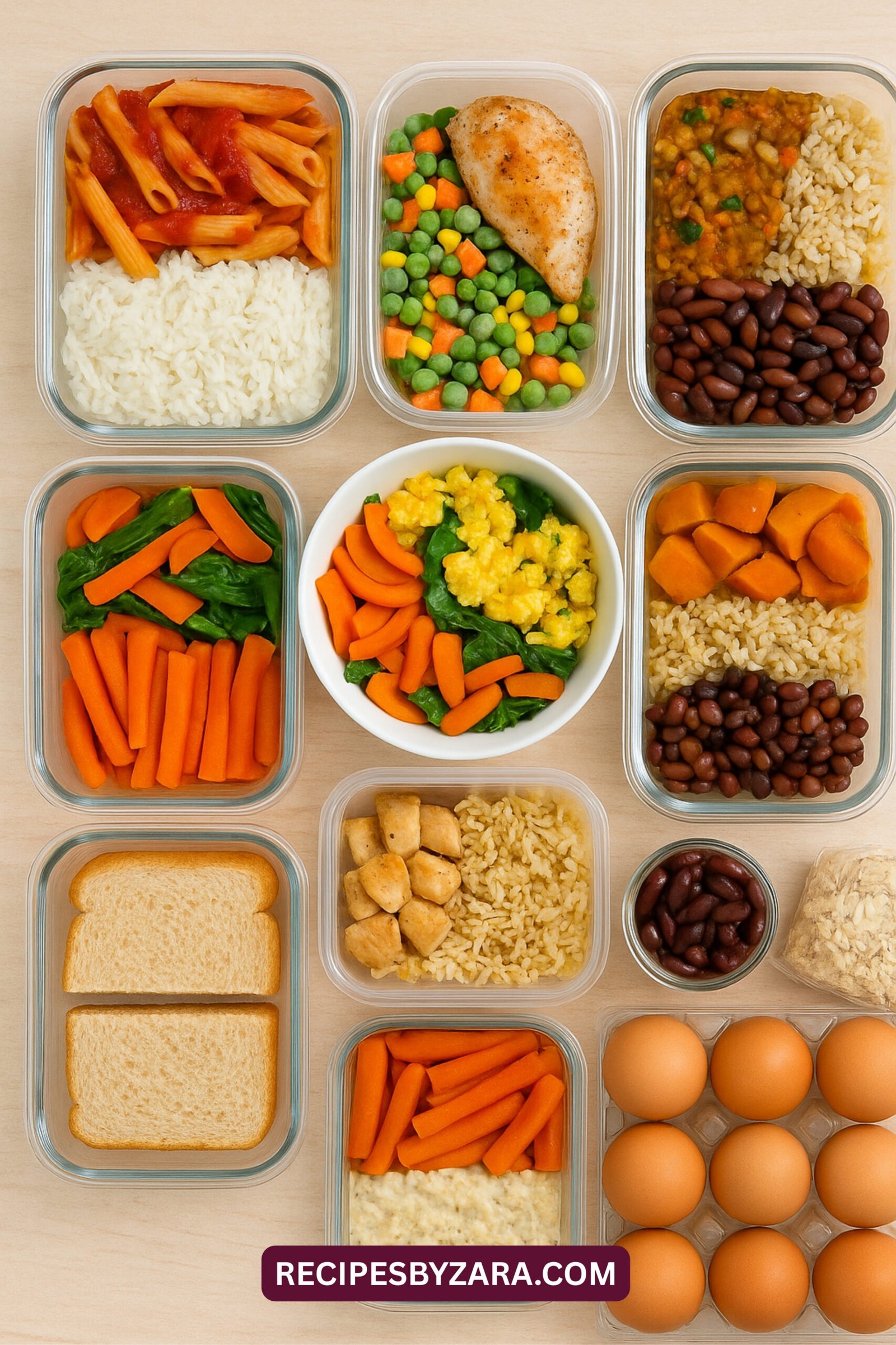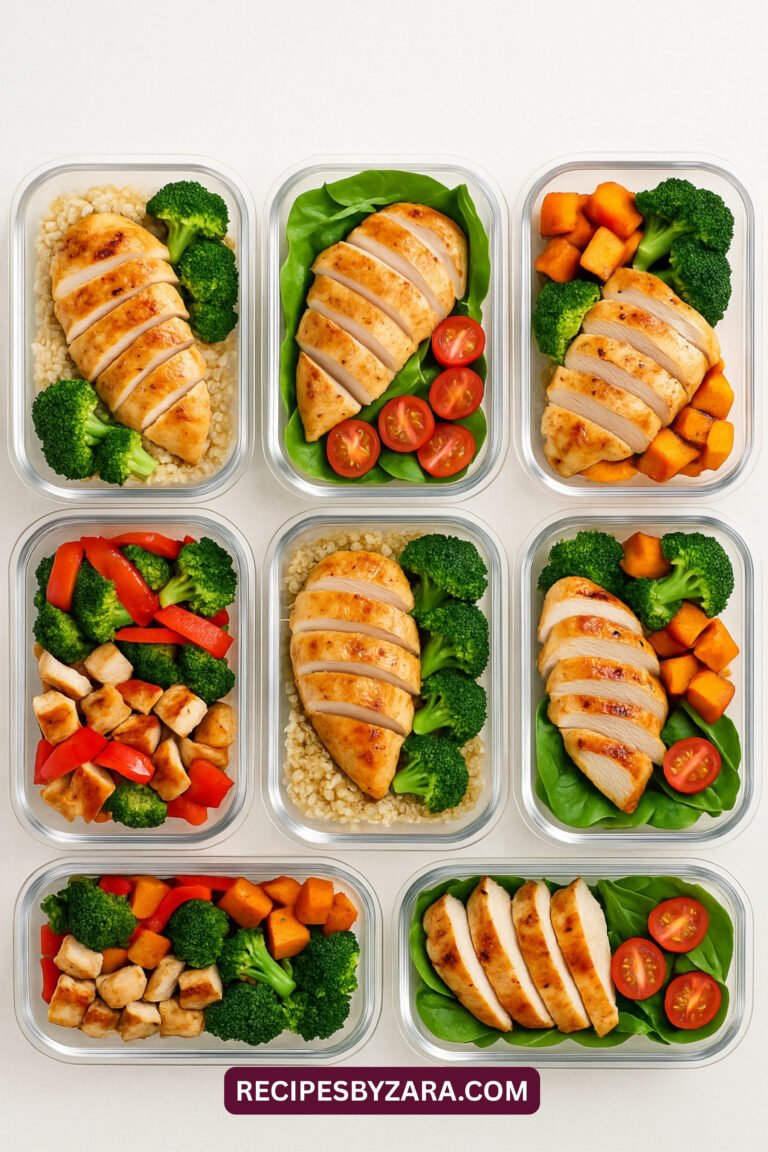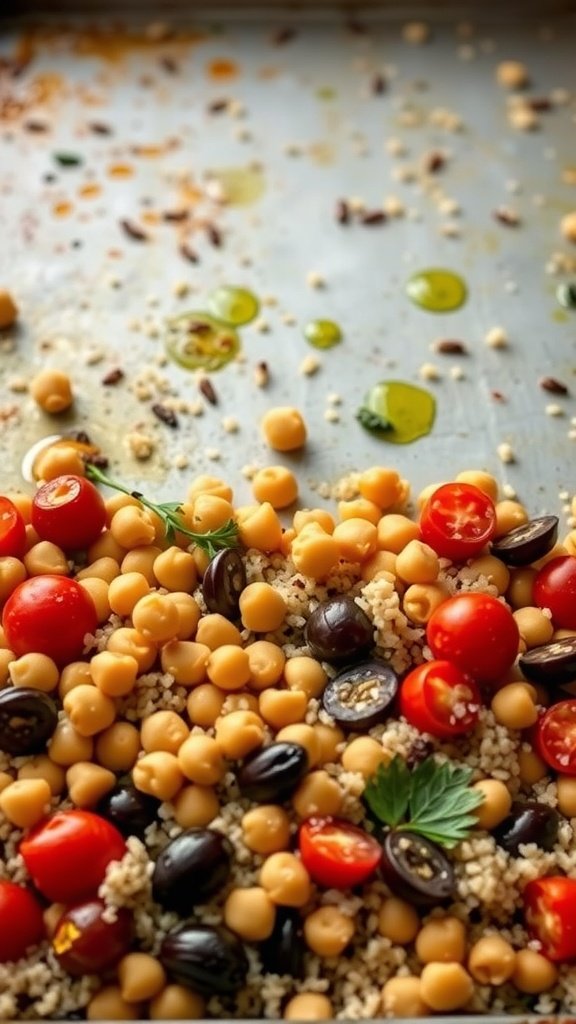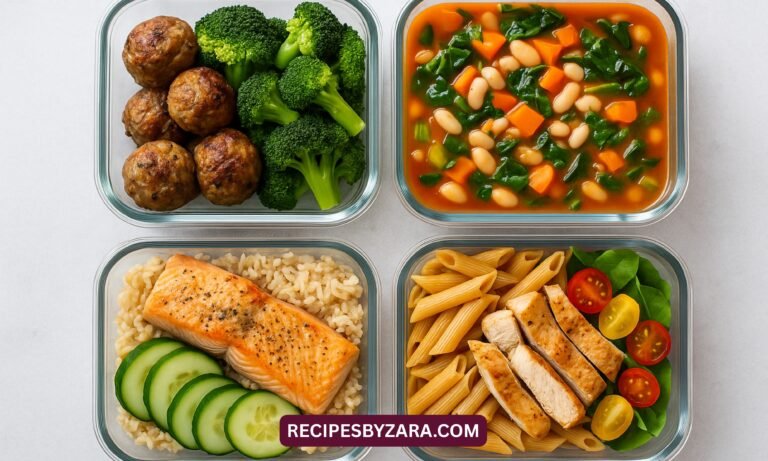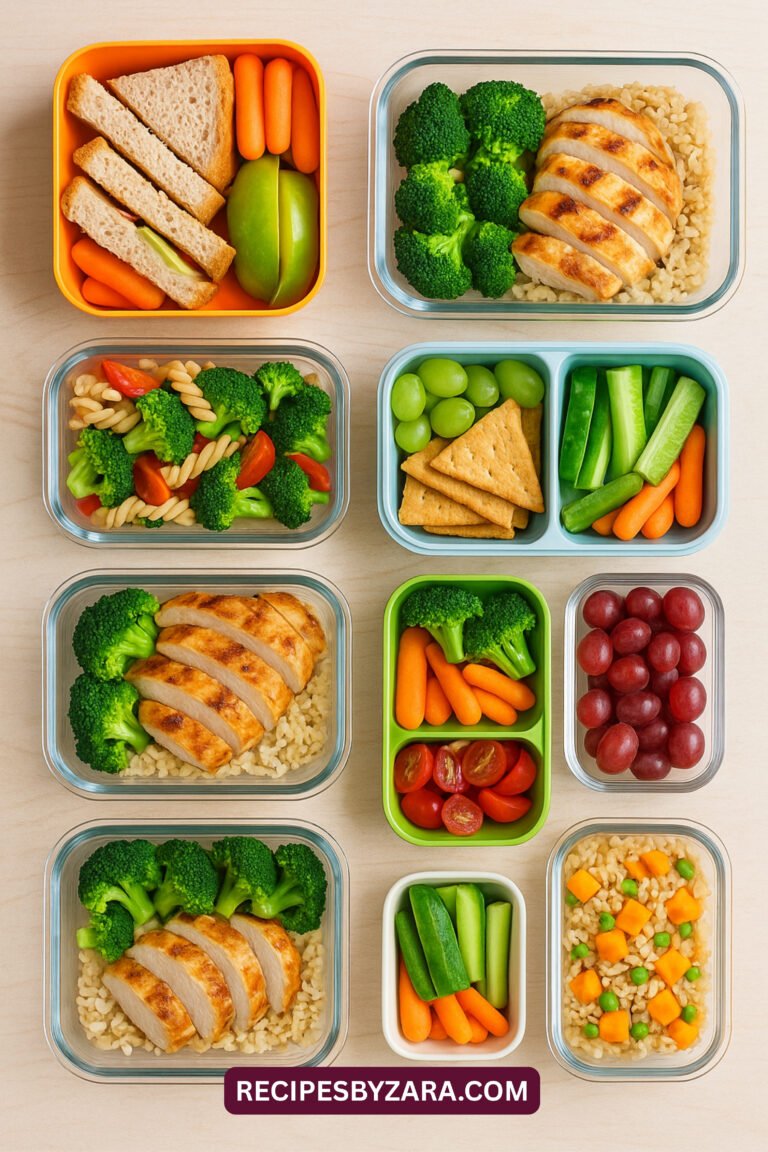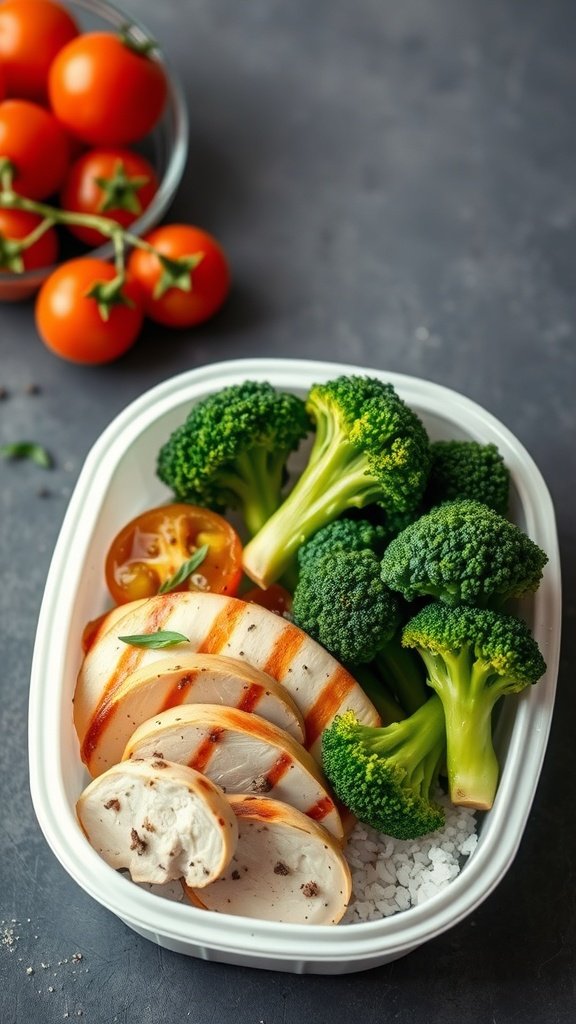Cheap Meal Prep Ideas: Eat Smart and Save Big with Budget-Friendly Weekly Meals
The best cheap meal prep ideas that save time, money, and stress. Perfect for students, families, and busy professionals, these budget-friendly meals are nutritious, easy, and delicious.
Meal prepping is one of the smartest strategies for cutting food costs without sacrificing nutrition. By planning meals in advance, you eliminate the daily temptation to buy fast food or order takeout, which adds up quickly over time. Instead of spending $10 to $15 per meal, you can enjoy homemade dishes for just a few dollars per serving.
When you prepare meals at home, you’re less likely to waste ingredients. A bag of rice, a pack of frozen vegetables, or a dozen eggs can be stretched into multiple dishes throughout the week. This approach turns common groceries into budget-friendly healthy recipes that help you get the most out of every dollar.
1. How Meal Prepping Helps You Save Money
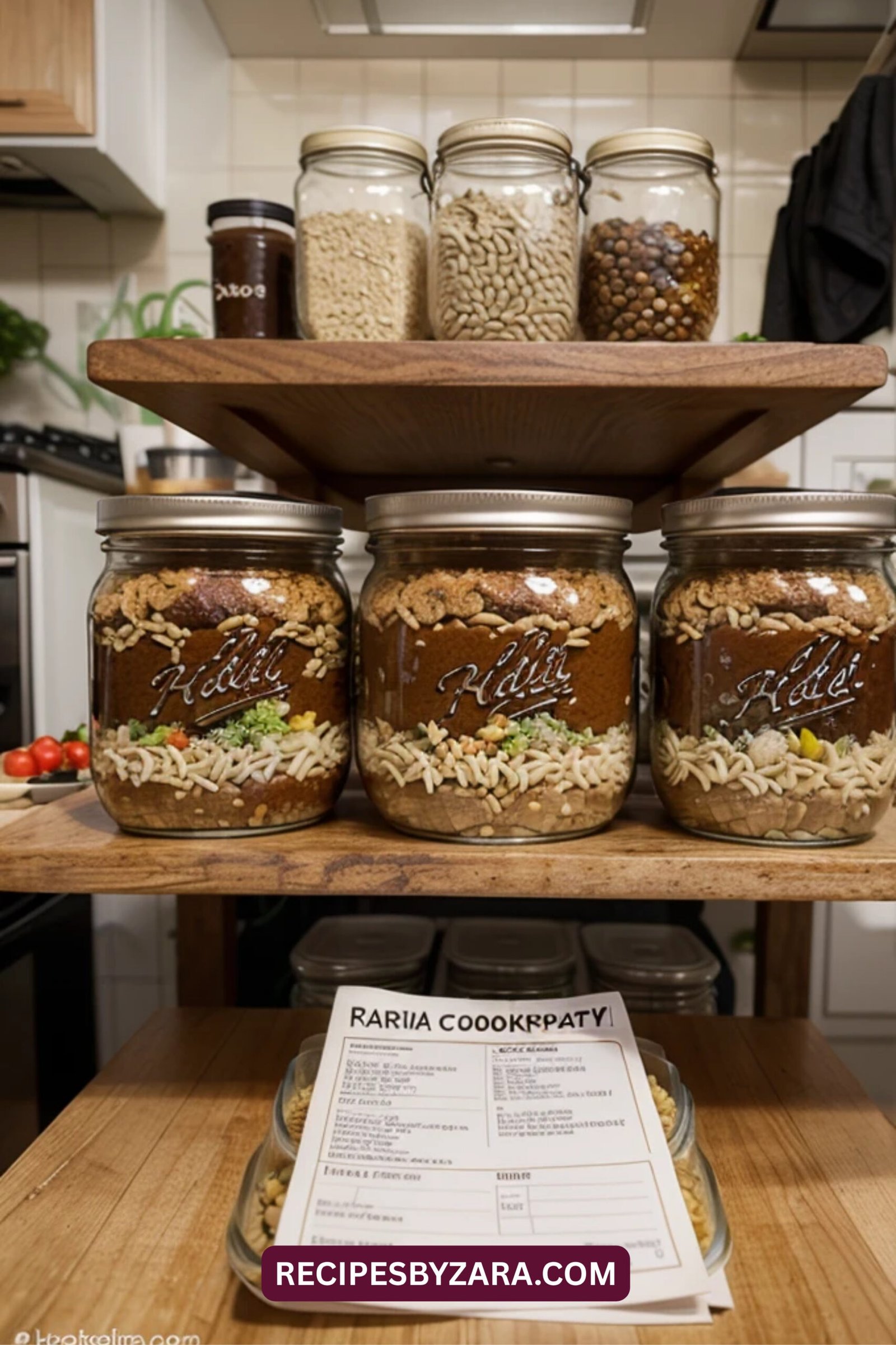
Meal prepping also lets you buy in bulk, which is often much cheaper than buying smaller quantities. Ingredients like oats, canned beans, and pasta become cost-saving superheroes when bought in family-size packages.
You can use these to create batch cooking on a budget routine that saves both time and money.
Ultimately, meal prepping brings structure to your grocery shopping and eating habits. With a solid plan in place, you’re less likely to overspend or impulse-buy at the store.
That makes cheap meal prep ideas a long-term financial win for anyone, whether you’re single, a student, or feeding a whole family.
2. Essential Tips for Budget Meal Prepping

To make the most of your meal prep, start with a list of versatile, low-cost ingredients. Items like rice, lentils, canned tuna, eggs, and frozen vegetables are essential for creating cheap healthy meal prep options. These staples provide excellent nutritional value and can be used in countless combinations.
Cooking in bulk is key to saving both time and money. By preparing large batches of food such as a pot of chili or a tray of roasted vegetables you create multiple meals with minimal effort. This is the core of effective affordable batch cooking, which reduces your daily cooking load.
Using seasonal produce is another smart move. In-season fruits and vegetables are often cheaper and more flavorful. Build your meals around what’s currently affordable, and supplement with frozen or canned goods to keep costs down. This way, your budget meal prep still includes fresh, colorful, and nutrient-rich foods.
Lastly, plan around what you already have. Check your fridge, freezer, and pantry before shopping. Leftover ingredients like a half-bag of spinach or a few carrots can easily become part of your weekly budget-friendly family meals when included in omelets, stir-fries, or soups.
3. Cheap Meal Prep Staples to Always Have on Hand
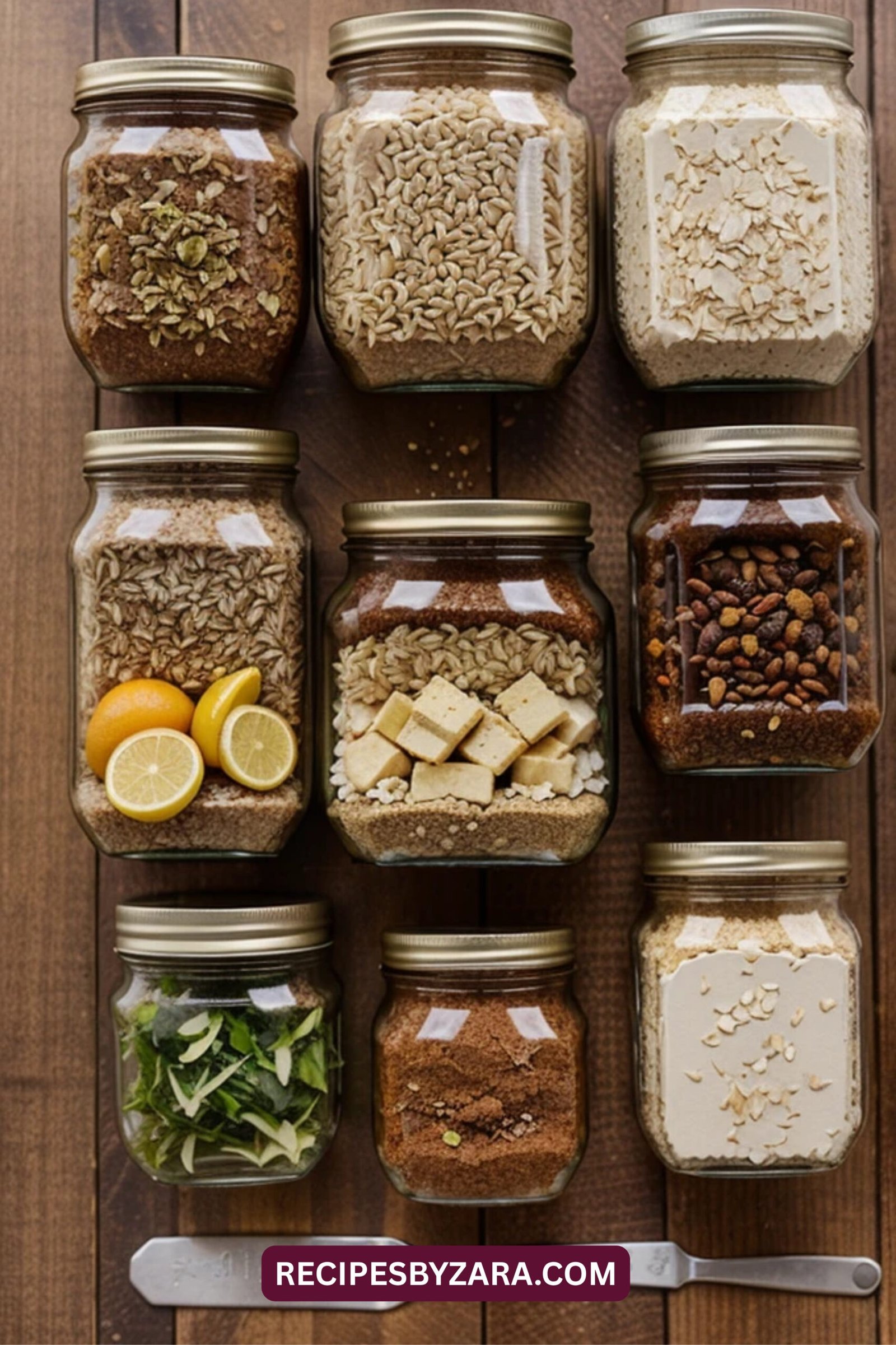
Building your meals around a few go-to staples makes meal prep simpler and more cost-effective. Grains such as rice, oats, and pasta serve as affordable bases that are filling and adaptable. Use them in dishes like stir-fries, casseroles, or overnight oats for cheap breakfast prep and more.
For protein, look to budget-friendly options like eggs, canned beans, tofu, and chicken thighs. These ingredients offer excellent nutrition at a lower price point and can be transformed into everything from cheap protein bowls to hearty stews. Stocking up on these staples supports a high-protein, low-cost lifestyle.
Vegetables don’t have to be expensive either. Onions, carrots, potatoes, and frozen greens are perfect for minimal waste meal prep. They’re easy to store, long-lasting, and great for stretching meals without sacrificing nutrition.
Don’t forget the flavor boosters. A few basic spices, soy sauce, garlic, and lemon juice can elevate your dishes without adding much to your grocery bill. These simple additions ensure your low-budget healthy eating still tastes amazing and keeps you satisfied all week.
4. 15+ Cheap Meal Prep Ideas for the Week
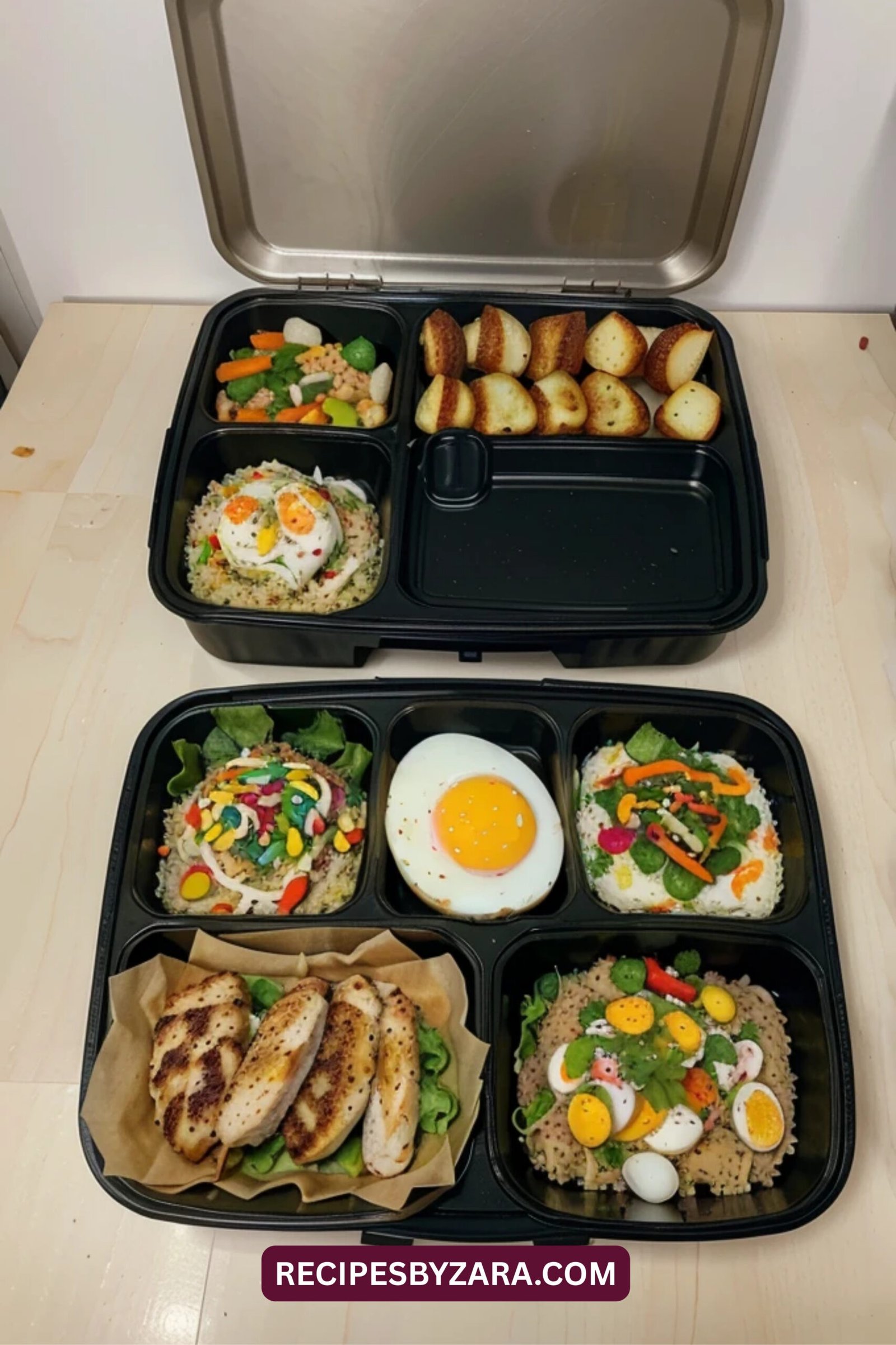
When you’re short on time and money, having go-to recipes makes all the difference. For breakfast, options like overnight oats, egg muffins, or peanut butter banana toast are great examples of cheap breakfast prep that are healthy and easy to batch-cook.
For lunch, try lentil and rice bowls, tuna salad with crackers, or chickpea wraps. These are filling, protein-rich, and easy to customize based on what you have on hand. They also work well as affordable lunchbox prep ideas for school or work.
Dinner doesn’t have to be complicated either. Dishes like baked chicken with roasted potatoes, stir-fried veggies with rice, or slow cooker chili offer hearty portions at a low cost. These meals are ideal for frugal family meals and can often be repurposed into next-day lunches.
Healthy snacks can be budget-friendly too. Try boiled eggs, homemade trail mix, or carrots with peanut butter. These items are portable, satisfying, and align with homemade snacks cheap plans for anyone trying to eat better on a budget.
5. 3-Day Cheap Meal Prep Plan Example
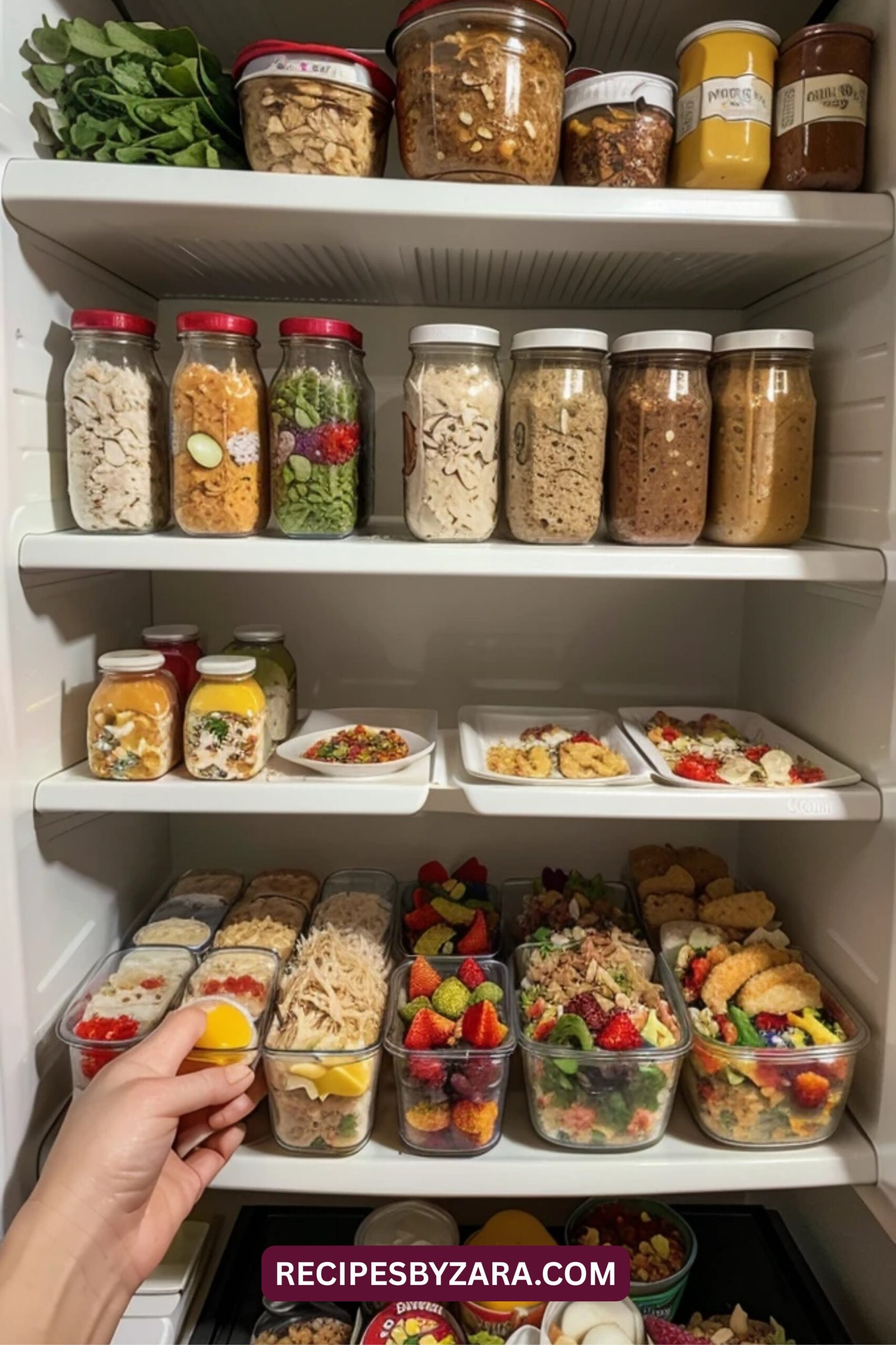
Creating a basic plan helps you see how your meals can work together across several days. On Day 1, start with overnight oats for breakfast, lentil wraps for lunch, and one-pot chili for dinner. Add a boiled egg or fruit as your snack.
Day 2 can include peanut butter toast in the morning, pasta salad for lunch, and baked chicken with sweet potatoes for dinner. For a snack, go with yogurt and oats. This entire day follows meal prep on a tight budget while still being balanced and filling.
Day 3 might include scrambled eggs with toast, chickpea wraps, and a stir-fry with rice and frozen veggies. Each of these meals fits within a $20/week meal prep framework, proving that nutritious eating doesn’t have to be expensive.
All meals average $2–$3 per serving and use repeat ingredients to minimize waste and shopping time. With this model, you can build a repeatable and flexible weekly meal prep plan cheaply that saves money every week.
6. Storage & Reheating Tips for Budget Prepping
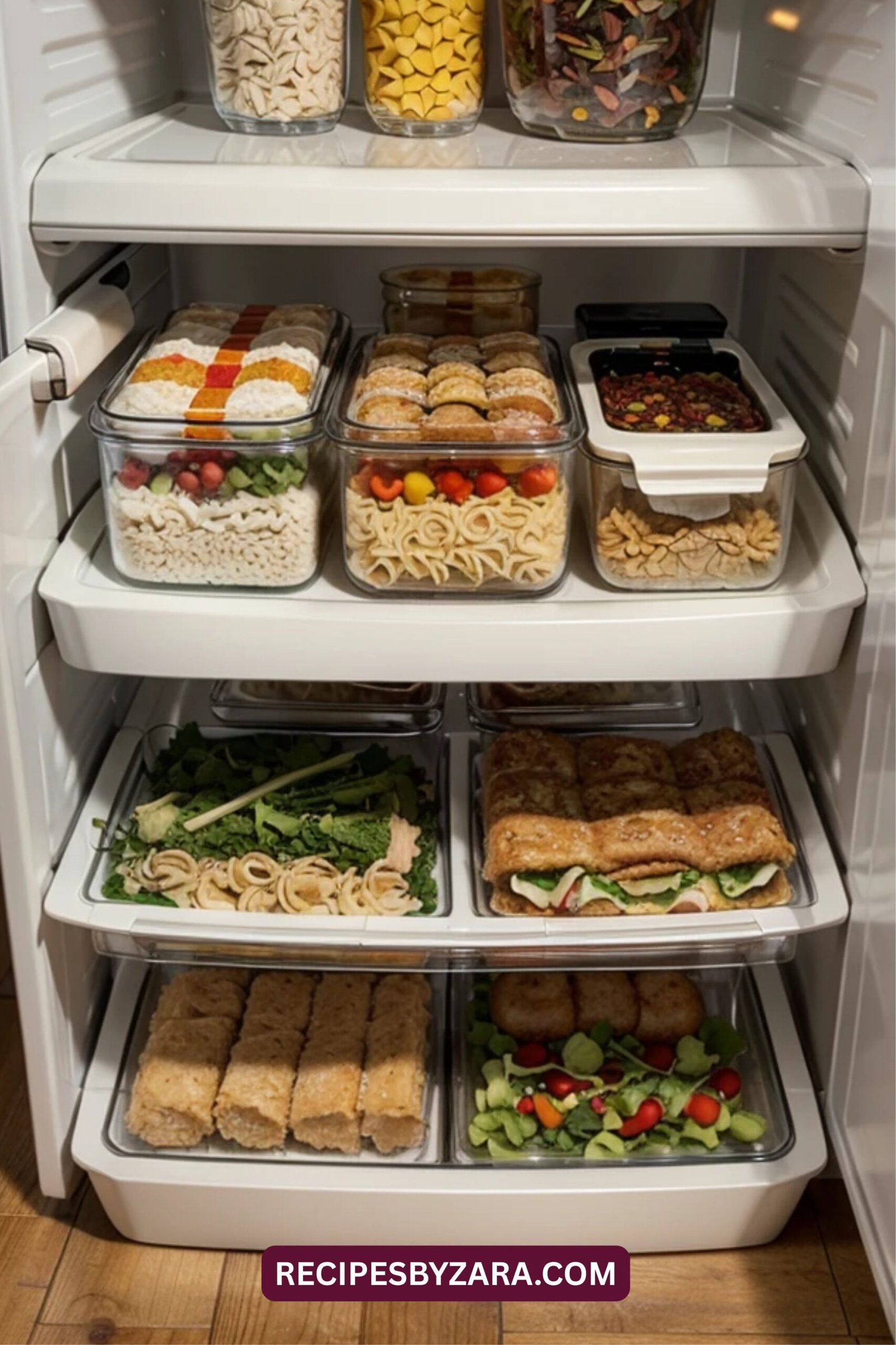
Proper storage extends the shelf life of your meals and prevents waste. Use reusable containers that are microwave- and freezer-safe. This one-time investment pays off in the long run, supporting your cost-saving meal plan with practical tools.
Keep meals labeled with the date they were cooked. Most prepped meals last 3–5 days in the fridge and up to 3 months in the freezer. For soups or stews, freeze in portioned containers to make future reheating easier.
To avoid soggy or mushy textures, consider storing components separately. For example, keep sauces in a small container and add them right before eating. This method is popular in meal prep without breaking the bank routines because it keeps flavors fresh.
Microwaving is convenient, but reheating on the stove or oven can improve taste and texture. Stir once or twice while heating to distribute temperature evenly and ensure that your freezer-friendly cheap meals stay enjoyable.
7. Mistakes to Avoid with Cheap Meal Prep
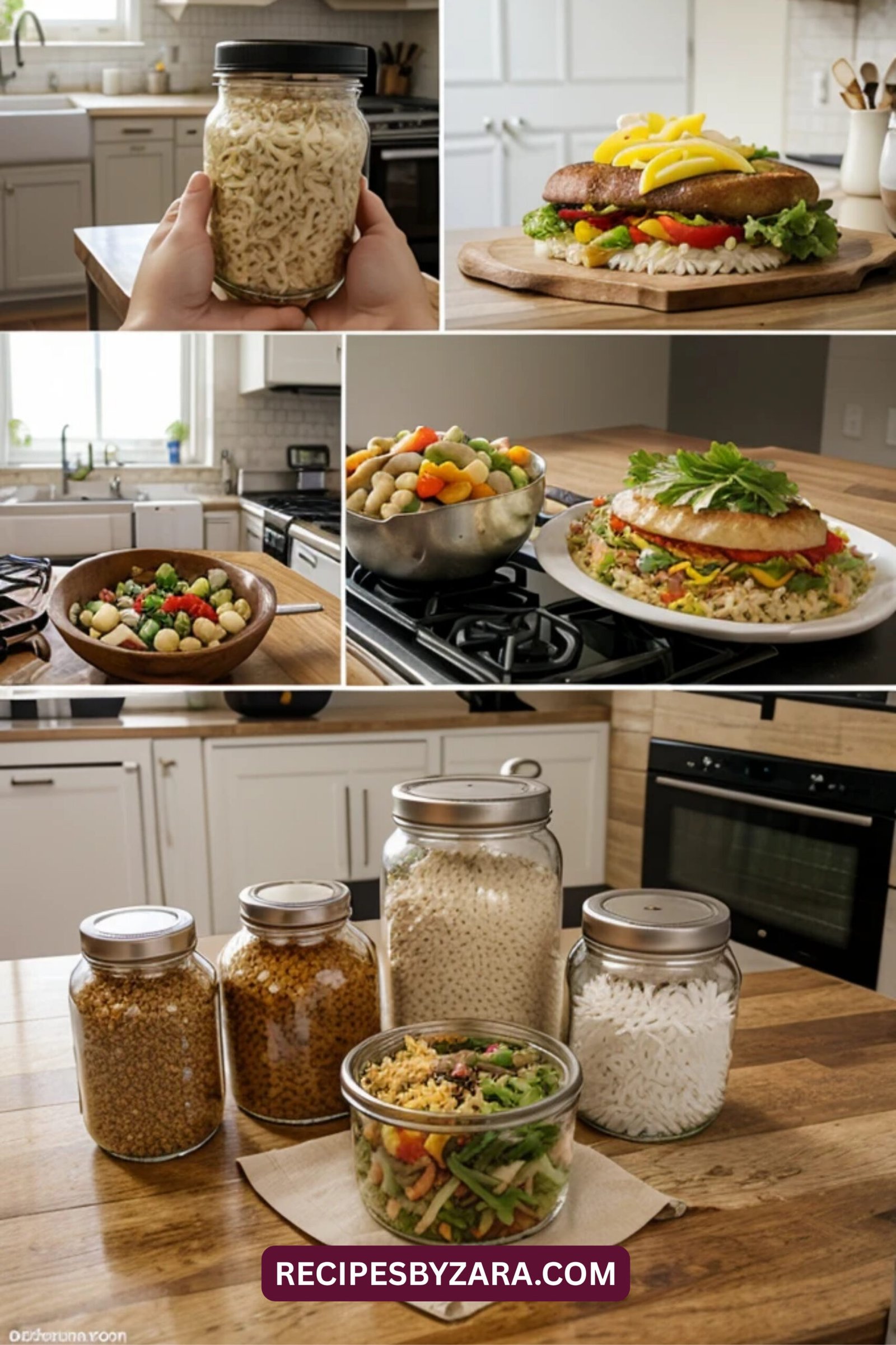
One common mistake is skipping protein to cut costs. While carbs are cheap, meals without enough protein won’t keep you full. Make sure to include items like beans, eggs, or tofu in every meal to support cheap protein meals that satisfy.
Another issue is making too much of one dish. Variety prevents meal fatigue and increases your chances of sticking to the plan. Rotate between different grains, proteins, and sauces to create minimal ingredient meals that still feel diverse.
Seasoning is often overlooked. Bland food leads to boredom. Use spices and flavor boosters strategically to enhance your dishes. Even the simplest inexpensive plant-based meals can be delicious with the right seasoning.
Finally, always use your leftovers. Turning last night’s dinner into a new dish like a burrito or soup adds creativity to your leftover-friendly recipes and helps stretch your budget further. This habit reduces food waste and supports low-cost lunch prep for busy days.
FAQs
Q1: How much can I save with cheap meal prep ideas?
You can easily save $50–$100 per week by avoiding takeout and using bulk ingredients. Planning ahead helps reduce food waste and keeps grocery bills low.
Q2: What are the best proteins for cheap meal prep?
Eggs, canned beans, tofu, and chicken thighs are all affordable and protein-rich. They’re perfect for creating cheap protein bowls and satisfying meals.
Q3: Can I meal prep on a tight student budget?
Absolutely. Focus on bulk staples like rice, beans, and oats. Mix with frozen vegetables and sauces to create student meal prep meals that cost very little.
Q4: How long does meal-prepped food last in the fridge?
Most meals last 3–5 days in the fridge. Freeze anything you won’t eat within that time to prevent waste and maintain freshness.
Q5: What’s the best way to freeze cheap meals for later?
Use airtight containers and label each with the date. Meals like chili, stews, and casseroles are excellent freezer-friendly cheap meals that reheat well.
Q6: How do I avoid getting bored with the same cheap meals?
Rotate ingredients, use new spices, and remix leftovers into new dishes. This approach keeps your weekly meal prep plan cheap and exciting.
